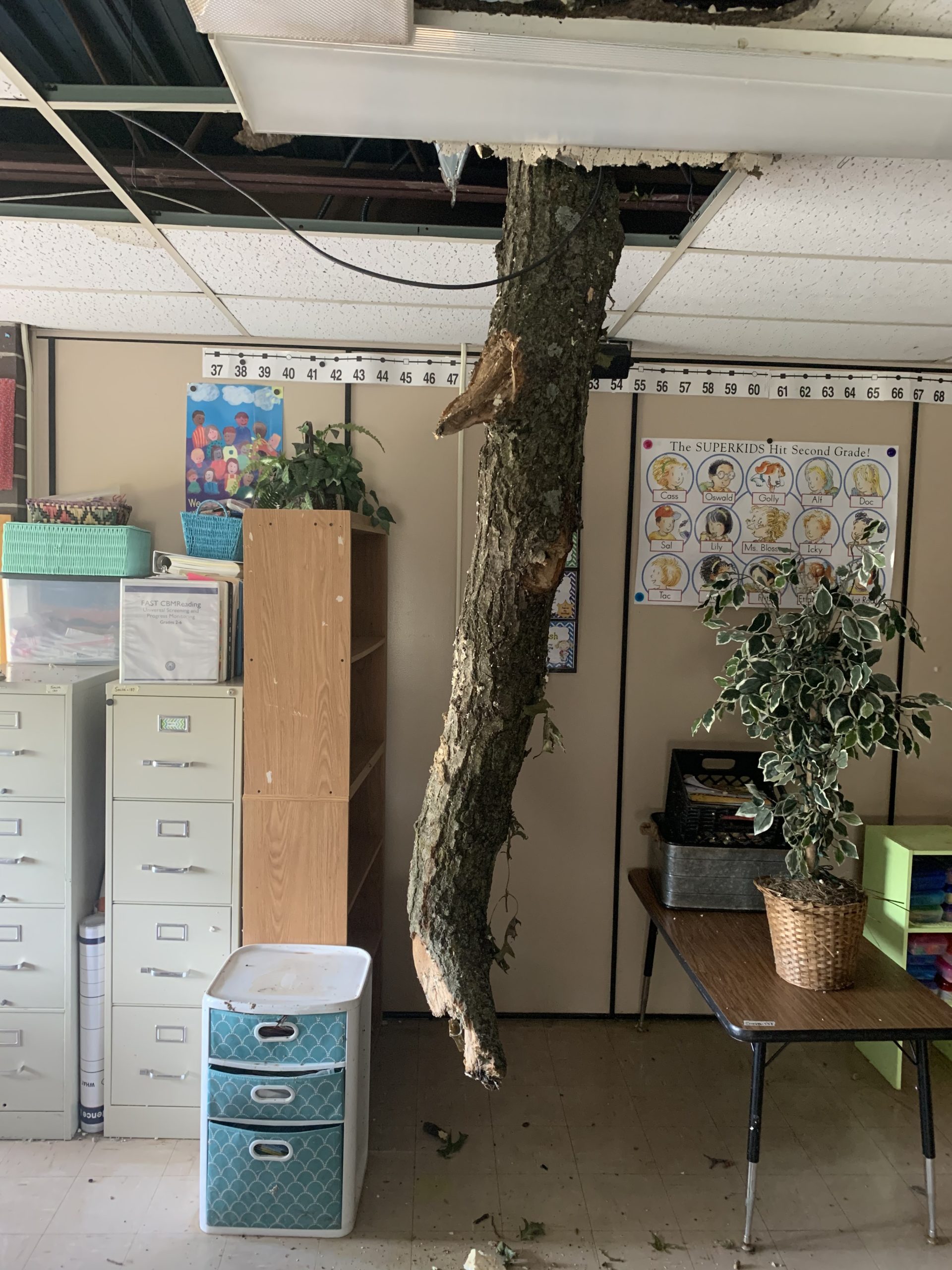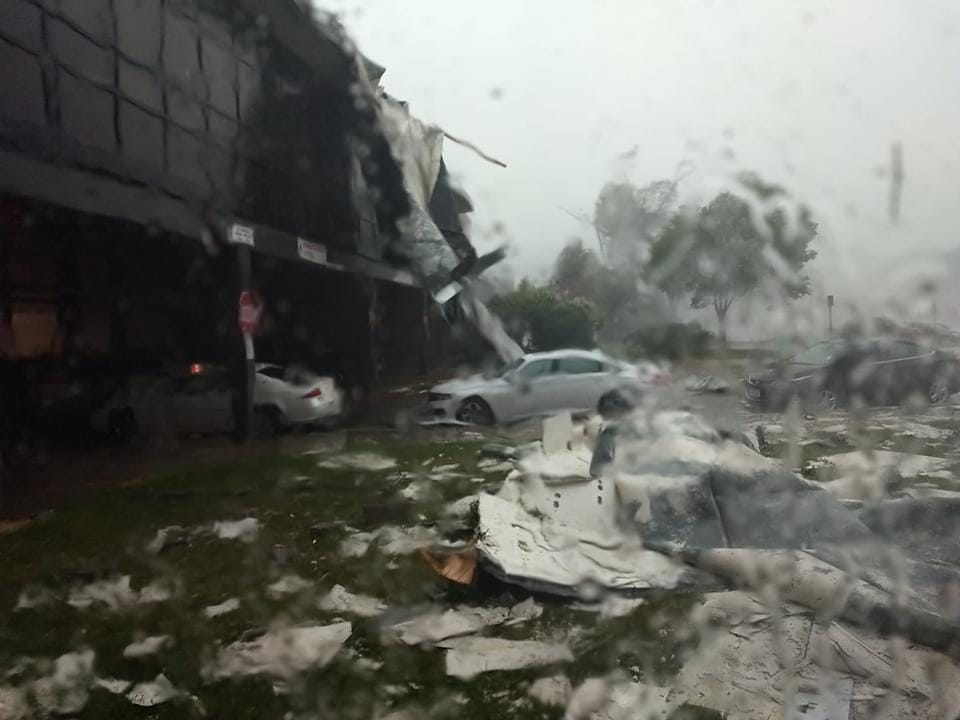When disaster strikes: A guide to natural disasters that take out a city’s electrical and internet infrastructure
By Colleen Scholer, Director of Communications
Cedar Rapids Community School District
ISPRA 2022 Communicator of the Year Award Winner
On August 10, 2020, the day started with a promising hint of normalcy for the school district as new teacher orientation began. Staff were also back together—socially distanced and masked—for the first time since the COVID-19 pandemic began that prior March.
Then, four hours later, an unforeseen natural disaster struck the community, including all 31 Cedar Rapids Community School District (CRCSD) school buildings.
Derecho? Many of us in the communications profession, founded in words, had never heard of this natural phenomenon, but we all learned the devastating effects of the 142-mile-per-hour winds and pounding rain associated with a derecho. National News Coverage: Weather Channel feature on Cedar Rapids Community School District

A large, broken tree branch fell through the ceiling of Pierce Elementary School in Cedar Rapids during the Derecho.
Just two weeks before rolling out our Return to Learn Plan (remember those?), sirens blared, and underground shelter was sought as we all were concerned about our colleagues and daycare children out in our school buildings. Once the communications team, superintendent and facilities managers emerged from our underground shelters, we immediately launched into crisis mode.
The information below was submitted to NSPRA and received a Gold Achievement Award. It provides an overview of how CRCSD conducted crisis communications. Hopefully, it can be a guide for other districts who may someday find themselves operating under these types of conditions:
- Entire community without electrical power for 6 – 10 days
- Entire community without internet access for an average of a week, with pockets of the community without internet for many weeks
- CRCSD internal IT system completely down for over a week, including email and all other messaging tools
- All 31 school buildings suffering damage, 21 severely
Key takeaways when electricity and internet are not available for days:
- Create a backup plan for key digital and electrical infrastructures.
- If utilizing School Messenger or other software programs, have an alternative entry that does not rely on the existing IT server/structure.
- Plan for cell phone access from multiple carriers, as certain carriers may be operational, while others are not (ATT, Verizon, US Cellular).
- Equip communications team to utilize hotspots from cellular devices.
- Establish strong social media platforms that can be retrieved via cellular phones and utilize them as crisis platforms in the initial stages of the disaster.
- Utilize leadership as a calm, effective voice during a disaster. Conduct media training and crisis communication training as a proactive measure. Utilize video as an effective platform to evoke emotion and urgency.
- Be prepared to provide communications swiftly and thoroughly to state officials gathering information to make key decisions regarding your school district post-disaster.
- With ongoing communication post-disaster, establish one main communication tool to drive key stakeholders (families, staff, media) so you are not juggling multiple means of communication.
- Be proactive and available to local and national media to help tell your story and communicate crucial information.
- Simultaneously, conduct community efforts to garner basic human needs support for school district families.
